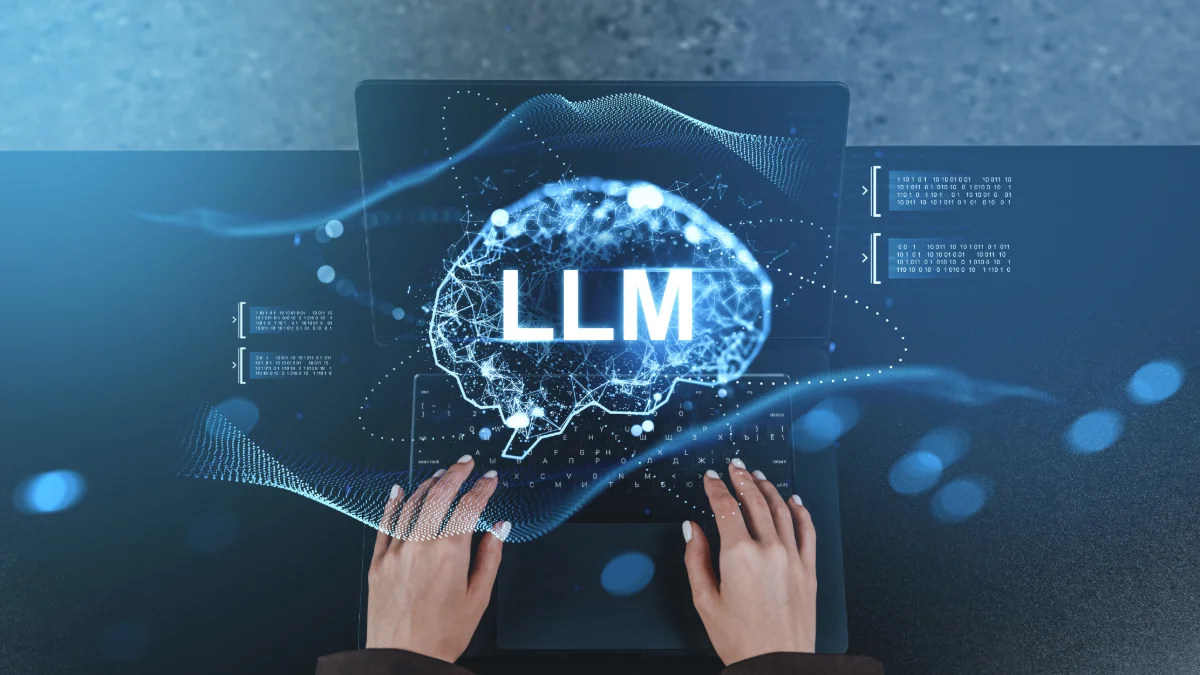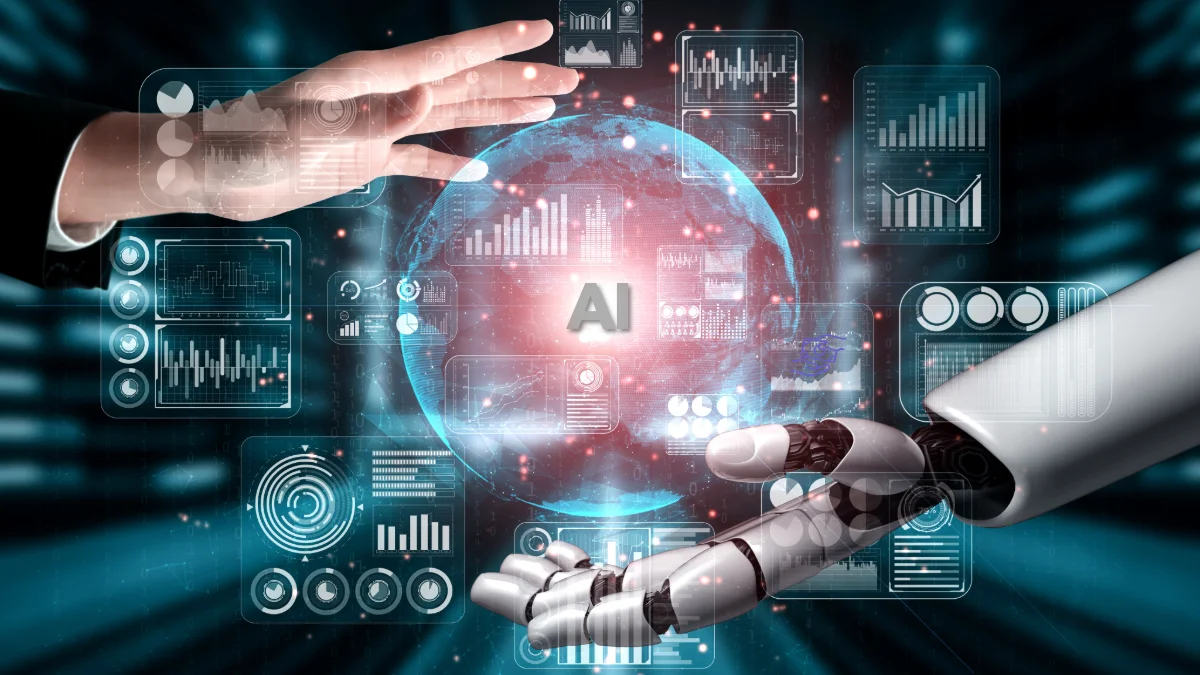1.
What Is Machine Learning?
p>Machine learning is an artificial intelligence subset used across various industries, learning directly from data. By mimicking human intelligence and deriving learning patterns, these systems identify data patterns, create algorithms, and improve through experience. In this article, you will find detailed answers to questions such as what machine learning is, how it works, its learning phases, and its algorithms. Here is an overview of machine learning and its integration with Cloud technology!
As mentioned above, machine learning is defined as a subfield of artificial intelligence in which algorithms learn from data. Although it has existed in its simplest form for nearly two centuries, today’s advanced machine learning methods accelerate learning and decision-making by introducing a set of programmed rules to computers. As a result, systems can apply knowledge gained from past data to new situations, generate predictions, and automate processes.
2.
What Is Deep Learning?
Deep learning is defined as a subdomain of machine learning and performs learning from data through layered artificial neural networks. These structures mimic the functioning of the human brain, processing data layer by layer to uncover complex patterns and relationships. Extensively used in image recognition, natural language processing, voice assistants, and autonomous vehicles, deep learning requires big data and high computational power; however, it can easily reveal complex relationships that traditional machine learning algorithms fail to detect.
What Are the Types of Machine Learning?
- Supervised Learning: The model learns by using labeled input and output data to make predictions.
- Semi-Supervised Learning: Applied when part of the data is labeled and the rest is unlabeled. This method maximizes learning from limited labeled data.
- Unsupervised Learning: Used when the dataset contains no labeled data. Algorithms automatically discover hidden patterns and relationships.
- Reinforcement Learning: Enables models to learn from experience using reward-penalty mechanisms. It is widely used in robotics and game strategies.
Use Cases of Machine Learning
Below are some real-world examples of machine learning in our daily lives:
- Financial forecasting and risk analysis: JPMorgan Chase uses AI-powered credit risk predictions to optimize investment decisions.
- Image recognition and facial detection systems: Apple Face ID and Clearview AI leverage machine learning for identity verification and security controls.
- Voice assistants and natural language processing: Amazon Alexa, Google Assistant, and ChatGPT help users by understanding and responding to queries.
- Recommendation systems: Netflix and Spotify use machine learning algorithms to suggest movies, series, and music based on user behavior and preferences.
- Autonomous vehicles and robotic systems: Tesla’s Autopilot and Boston Dynamics robots analyze sensor data to understand their environment and optimize movement.
3.
How Does Machine Learning Work?
The main objective of machine learning stages is to build models that learn from data. So, how does machine learning work? To answer this question, we must first understand the two fundamental techniques: supervised learning and unsupervised learning. Similar to human learning patterns, supervised learning uses examples from labeled datasets to assist learning. Unsupervised learning, however, helps identify unknown patterns within data. Machines that analyze unlabeled examples and experience a natural learning process are those operating within the unsupervised model.
Providing examples is useful for understanding both approaches. In supervised learning, labeled datasets are given to the machine as reference. For instance, an email classification system learns by distinguishing spam from non-spam messages. Based on these examples, the machine learns to classify new emails correctly. Similar to human learning, it generates predictions using inferences drawn from past experiences. In unsupervised learning, data is unlabeled. Machines discover hidden structures and relationships in data. For example, a system analyzing shopping behavior for customer segmentation groups users with similar habits. The goal here is to explore data and reveal its structural insights. In unsupervised learning, the objective is for machines to detect unknown patterns.
More advanced techniques, such as reinforcement learning, allow machines to learn through trial and error using reward-penalty mechanisms. Autonomous vehicles, for example, learn the safest and most efficient driving strategies by experiencing different scenarios. Thus, machine learning builds systems that can both predict and adapt.
Stages of Machine Learning
To fully answer the question what is machine learning and deep learning, it is essential to examine the stages of machine learning:
- Data Collection: Gathering relevant data for analysis from sources such as sensors, databases, or the web.
- Algorithm Selection: Choosing a suitable machine learning algorithm depending on the data and the problem to be solved. For example, decision trees or logistic regression for classification.
- Data Preparation: Completing missing values, correcting outliers, and converting data into a model-compatible format.
- Model Training: Training the model using the selected algorithm on the dataset.
- Performance Evaluation: Testing the model using accuracy, error rate, and other metrics.
- Hyperparameter Tuning: Optimizing hyperparameters to enhance performance and prevent overfitting.
- Deployment: After training and testing, deploying the model on real-world data.
4.
Machine Learning Algorithms
Below are some details about commonly used machine learning algorithms:
- Neural Networks: Mimicking the human brain, neural networks enable learning from complex data through multi-layered structures. Widely used in image and speech recognition.
- Linear Regression: A fundamental algorithm modeling the relationship between dependent and independent variables using a straight line. Often used for prediction and trend analysis.
- Logistic Regression: An algorithm used when output data is categorical. For example, classifying emails as spam or non-spam.
- Clustering: An unsupervised learning technique used to group data into clusters of similar characteristics, such as customer segmentation.
- Decision Trees: Splitting data into branches to generate decision rules. Useful for both classification and regression problems.
- Random Forests: An ensemble algorithm combining multiple decision trees to produce more accurate and reliable predictions while reducing overfitting.
5.
Machine Learning Terminology
Here are 10 of the most common machine learning terms and their meanings:
- Feature: Data attributes used by a model for learning. For example, the number of rooms or square footage in a house price prediction model.
- Learning Rate: A parameter that determines the model’s learning speed. If too high, learning becomes unstable; if too low, learning becomes slow.
- Hyperparameter: Adjustable settings defined before model training. For example, the maximum depth of a decision tree.
- Activation Functions: Mathematical functions that determine the output of neural network neurons (e.g., ReLU, Sigmoid).
- Train-Test-Validation Sets: Splitting data into sets for training, validation, and testing tasks.
- Batch Size: The number of data samples processed in each training step. Larger batches enable faster but less generalized learning.
- Overfit-Underfit: Overfitting occurs when the model fits too closely to training data, failing on new data; underfitting occurs when performance is poor on both training and testing data.
- Bias: Systematic error in model predictions, typically associated with underfitting.
- Weight: Coefficients optimized during training to define feature importance.
- Correlation: Represents the relationship between two variables — positive, negative, or none.
- Supervised-Unsupervised Learning: Supervised learning uses labeled data, while unsupervised learning identifies patterns in unlabeled data.
6.
Machine Learning and Cloud Integration
When answering the question what is machine learning used for, cloud integration plays a crucial role in modern applications. Cloud platforms provide the flexible and scalable infrastructure required for running machine learning models. This infrastructure typically consists of a core data layer, network services, and security layers. For example:
On that note, you can access full details in our article titled What Is DNS?
- DNS (Domain Name System): Ensures consistent access and connectivity in distributed systems by routing model and data services to the correct IP addresses.
- LBaaS (Load Balancer as a Service): Balances high traffic directed toward machine learning models, optimizes resource usage, and improves system performance.
- FWaaS (Firewall as a Service): Ensures that traffic is filtered according to security policies.
Machine learning algorithms operating on this fundamental infrastructure can quickly utilize cloud-based data storage and computing resources. This makes it possible to train with large datasets, optimize model performance, and deliver real-time predictions. Cloud integration is critically important for the success of machine learning projects in terms of both cost efficiency and scalability.
You may also be interested in our articles GlassHouse Blog












